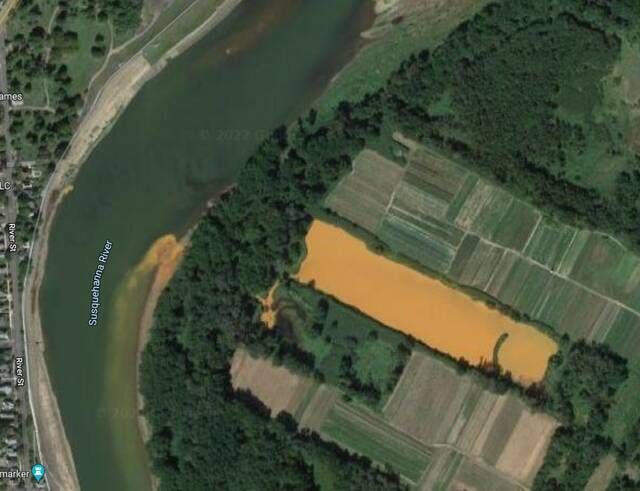Click here to subscribe today or Login.
Acid mine water drainage is not a political issue. The endless runoff of contaminated water into our creeks and rivers doesn’t care whether you are Republican, Democrat or Independent, it will pollute equally, killing fish, plants and animals unfortunate enough to be impacted, and threatening humans.
So when U.S. Rep Matt Cartwright, a Democrat, issued a media release Wednesday saying he introduced a bill to help clean up acid mine water drainage, it wasn’t much of a surprise that he got West Virginia Republican Rep. David McKinley to sign on, as well as U.S. Senators Bob Casey (D-Pa.) and and Mike Braun (R-Ind.).
The truth is that, contrary to relentless efforts by Republican opponents to paint both Cartwright and Casey as a far left liberals, they have worked across the aisles often enough to at least earn a patina of bipartisanship. This latest attempt, like most legislative bills, was given a tortured name in order to create a goal-appropriate acronym: the “Safeguarding Treatment for the Restoration of Ecosystems From Abandoned Mines” or the “STREAM Act.”
According to the release, the bill does not create a new funding source for the clean up of Acid Mine Drainage (AMD). It piggy backs onto the already enacted Infrastructure Investment and Jobs Act by allowing states to “set aside a portion of the abandoned mine land funding” in that law “to treat AMD specifically.”
We won’t argue that the infrastructure dollars should, de facto, be diverted for acid mine runoff mitigation. As has been noted more than once in this space, there are ample infrastructure repair and improvement needs that merit the new federal dollars — so many, in fact, that the $1.2 trillion likely won’t cover it all.
But giving states the flexibility to spend their share on mine water runoff makes sense. According to the release, the bill would let states set aside up to 30% of Abandoned Mine Land clean-up grant money to treat acid mine water problems.
There is certainly no shortage of need for AMD dollars in our region. The most glaring examples are visible as orange blots on satellite images from Google Maps. The most famous, arguably, is that masterpiece of old-time engineering, the Jeddo mine tunnel system dug in the late 1800s to drain water from mines for miles, still spewing acid water into the Little Nescopeck Creek in Butler Township.
But as has been well documented, you don’t need to see the tell-tale orange to have dangerous levels of acid in a stream or river. The 8.8-mile Solomon Creek that winds through Wilkes-Barre gets some 32 million gallons a day of mine water, water specialist John Levitsky told northcentralpa.com in 2021, yet move a short distance from the bore holes spewing the acid and the creek looks clear.
Decontamination of AMD can be active, with treatment plants doing the work, or passive, with carefully crafted artificial wetland detaining the drainage long enough to neutralize the acid. But it’s costly either way — which, of course, is why so much acid runoff continues to spill into our waterways decades, even a century, after the problem was first created.
The STREAM Act makes no new mandates, levies no new taxes, and creates no new debt. It seems like a simple, common-sense way to increase the odds some of the many acid mine runoff points polluting our waterways might be addressed, and for that reason alone should merit bipartisan support.
— Times Leader





